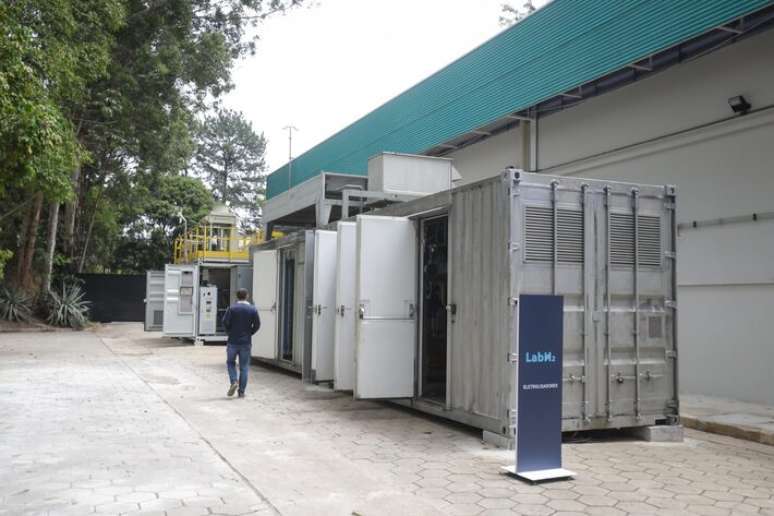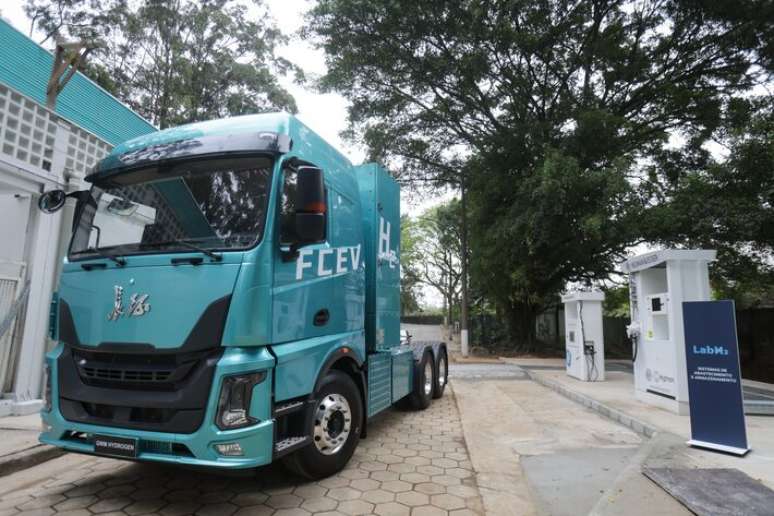LabH² has 1 thousand m² of built area, refueling points for cars, buses and trucks and will train specialized labor
THE Institute of Research Technology (IPT)linked to the Secretariat of Science, Technology and Innovation of the State of Sao Paulo, inaugurated on Thursday 9th Hydrogen laboratoryLabH². At the site, hydrogen will be produced to study how to lower its price, make it more efficient and how to store it safely, as well as how cars or industries can use it. The goal of the laboratory is to accelerate the use of hydrogen in Brazil and facilitate the implementation of this technology, with the potential to significantly reduce hydrogen emissions. carbon dioxidethe main cause of the greenhouse effect.
LabH² will also train specialized manpower through postgraduate courses and carry out research projects, in collaboration with companies, municipalities and institutions in other countries, such as Germany and Portugal. The laboratory is inside USP campusin the west area of Saint Paul.
There are 1,000 m² of built area, with two hydrogen refueling points, which will allow the maintenance of cars, buses and trucks, and 30 technicians specialized in renewable energy. The government invested R$50 million in the site.
“Hydrogen-powered cars will represent a great revolution,” said Anderson Correia, CEO of IPT. “In addition to not making any noise, the the energy generated by hydrogen is cleanwhile what comes from oil and coal is dirty, pollutes.”
LabH² is an example of partnership between public administration, academia and the private sector, a model that can leverage projects related to innovation. In the 1970s, the National Alcohol Program (Proálcool), for example, placed Brazil at the forefront of bioenergy development thanks to the joint effort of scientists, companies and public authorities.
Hydrogen car models
The inauguration of LabH² comes amid negotiations with four companies – Toyota, Hyundai, GWM and Tupi -, as well as an already signed partnership with the Metropolitan Urban Transport Company of São Paulo (EMTU). As for automakers, Correia says the idea is to encourage the production of hydrogen car models in Brazil, such as the Hyundai Nexo and Toyota Mirai cars and the GWM Hydrogen Truck.
These models marked the opening of LabH2. “We are testing how to store hydrogen inside the engine to be as safe as possible, studying the best metal to use, how to ensure safety in the event of an accident so that the hydrogen does not escape,” says the IPT president.
The absence of stations in the country, due to the difficulty and high costs of storing hydrogen, represents one of the major obstacles to the use of cars powered by this substance. Therefore, IPT is already testing alternatives for this storage.

“We will test hydrogen buses with EMTU. The company operates 5 thousand buses in Greater São Paulo. The state government can create hydrogen refueling stations for these buses, because there needs to be demand for them to work. This is what we try to encourage,” the IPT president said.
How it works
With LabH², IPT now has a facility for the production, compression, storage and supply of hydrogen. Production may involve processes that use exclusively renewable energy or even low emissions, for example from the use of waste. Hydrogen is advantageous in both mobility uses and heating processes in industries, such as ceramics and metals.
In a hydrogen car, the energy used to move the vehicle is constantly produced in the engine, which makes the vehicle more efficient.
Signed in 2015, the Paris Agreement envisages efforts to limit global temperature rise to 1.5°C above pre-industrial levels (mid-19th century). Technologies that enable an energy transition are essential to avoid burning fossil fuels.
Source: Terra
Rose James is a Gossipify movie and series reviewer known for her in-depth analysis and unique perspective on the latest releases. With a background in film studies, she provides engaging and informative reviews, and keeps readers up to date with industry trends and emerging talents.






